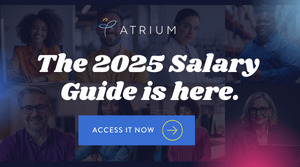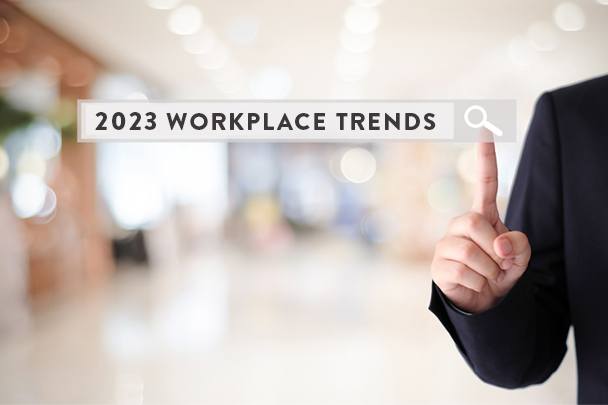HR Departments are stressed and it’s no wonder why. While the world of work was changing before COVID, the global pandemic of 2020 kicked it into high gear. Surely three years later we can all breathe a sigh of relief. One would think. However, the recent Indeed & Glassdoor’s Hiring and Workplace Trends Report 2023 cautions us to not let up yet.
Top 5 Hiring and Workplace Trends:
1) Tight Labor Supply will continue. The impact of demographics has never been more pronounced with many large countries projected to see a smaller workforce in the next 15 years. This means the demand for workers will likely outpace the supply, giving more influence over what it means to work and be a worker over to the worker themselves. This means the topic of “candidate experience” will become a daily occurrence at talent acquisition meetings around the globe.
When it comes to recruiting, creativity will be the name of the game. The article gives three suggestions for this problem:
- Immigration
- Overlooked pools of workers
- Investing in productivity technology
I would also suggest that optimizing your workforce planning will help you hire proactively through the most effective channel (i.e. full time, temp, etc.) and help to ease those reactive recruiting pains.
2. Remote work here to stay. If you are a company with a large building and rows and rows of cubicles, call the Museum of ‘Unnatural’ History because that is where they are headed. According to Indeed, job postings and job searches mentioning remote have skyrocketed since 2019. This trend will continue as both workers and employers see the benefits of remote work. Flexibility, time saved from commutes and more time with family are things your workforce won’t give up coming out of the pandemic.
3. With salaries rising in almost every sector, benefits can set employers apart. In the last 3 years Indeed has seen advertisement of employers’ benefits including retirement plans, health insurance and paid time off, climb by 10-20%. When it comes to low wage jobs, that stat goes up to a 100% increase. However, when it comes to what benefits are offered, there is not a one size fits all offering. For example, commuter benefits are not valuable when you have a mostly remote workforce but can be very valuable if you have a mostly in person job site such as a manufacturing facility. What is consistent is a year over year rise in the mention of mental health benefits on Glassdoor, which leads us to trend #4.
4. Happiness and wellness matter. With stress at an all-time high during the pandemic, it’s no surprise that according to Indeed’s Work Wellbeing 2022 Insights Report 90% of people believe that how they feel at work matters. After pay, stress, lack of satisfaction and happiness are the leading reasons people look for new employment. Given the factors highlighted above around the supply, working preferences and benefit competitiveness, companies that want to attract and retain their talent should include offerings for their employees around their happiness and wellness and measure its effectiveness.
5. DEI is being pushed to the forefront. Thinking back to trend one around demographics, the younger working generation has fueled the demand for DEI to be at the forefront of a company’s strategy. According to a September 2022 survey from Indeed and Glassdoor, not supporting DEI by a manager or company would force 72% of workers aged 18-34 to turn down a job or leave a company. For all age groups that number is 62%. Given what we know about the supply and demand of workers, companies find themselves in a spot where this topic cannot be ignored.
As companies kick off their 2023 business plans, they can be assured they will not succeed without having a people plan. Given these 5 hiring and workplace trends for 2023, HR departments and business leaders alike will need to show continued creativity and tenacity to combat what continues to be a challenging labor market.











